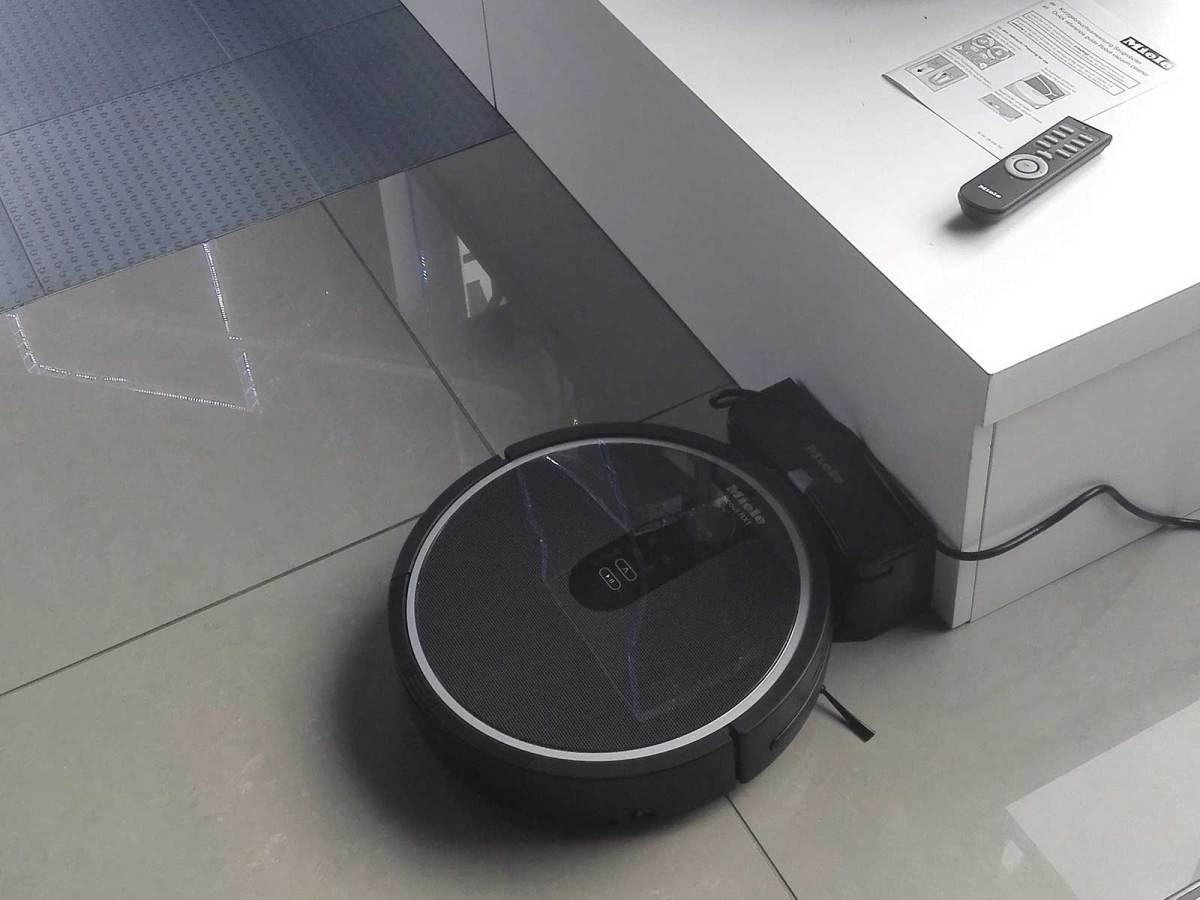With new players and improved cleaning performance, the robot vacuum market has been heating up, fuelled by high consumer interest.
Miele unveiled its first the robot vacuum, Scout RX1 in April this year. It is now available to buy in Australia at Miele Centers as well as Miele Online Shop for an introductory price of RRP $799. As of 1 Januray 2015 the price will be $999.
According to Sharon May, product manager, floorcare Miele Australia/New Zealand there are no plans to sell it through other retail locations.
When asked what the reasoning behind this retail strategy was May said, “Our Direct Channel offers the best avenue for consumers to experience our brand. The rationale for this is to trial how this new segment will perform through this strategy.”
The Scout RX1 was developed in collaboration with a Korean robotics company and will be manufactured in Korea, unlike the vast majority of Miele’s appliances, which are assembled in Germany.
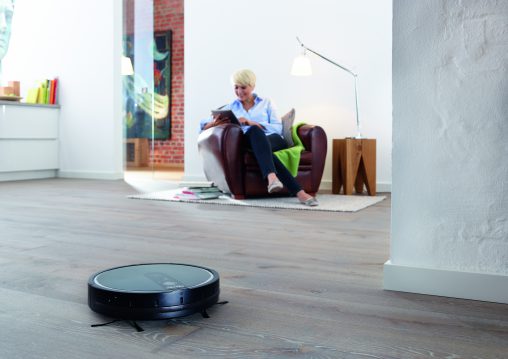
Robot Vacuum Buying Guide
Robots have come a long way since the early models that relied on sweeping, rather than sucking, to gather dust; and bumping into walls and furniture, instead of mapping technology. Consumers are drawn to a robot’s convenience to avoid one of life’s most onerous chores. Here is our guide for buyers when choosing which robots are best for stocking on shelves.
Uncommon Sensors
Attractively high-tech and self-sufficient, a good robot will use sensors to create a map of the house it is cleaning, learning where the walls, furniture and fixtures are placed so it can create a navigable path for cleaning thoroughly.
Higher-end models now feature fencing technology, whereby at the push of a button, the robot knows not to enter a particular area, such as where a baby’s play pen is located.
Cliff sensors have been introduced to stop robots from falling down stairs and to steer away from other potential calamities.
Must Have Features
Recharging bases that double as dustbins mean robots can collect twice as much dust and dirt between emptying, and require even less involvement by the user.
While run times are now exceeding 120 minutes on some premium models, other robots have much short battery times, 20-to-30 minutes, because the suction power is much stronger.
Robots are comfortably the quietest style of vacuum cleaner and most now can operate while the user is at home, without interrupting TV watching, reading or sleeping children.
Watch Out For…
Be mindful of how tall a robot is: if the cleaner is too high from the ground, it won’t be able to get under beds, sofas and other low lying furniture.
Square shaped robots appear best for cleaning in corners, however, some circular cleaners now have sweepers that protrude to reach into right angles and other difficult places.
A customer’s expectations must be managed when discussing robot cleaners. While they can definitely pick up surface dust, dirt and some pet hair, they still cannot replicate the intense sucking of a canister or hand stick vacuum for proper carpet cleaning.
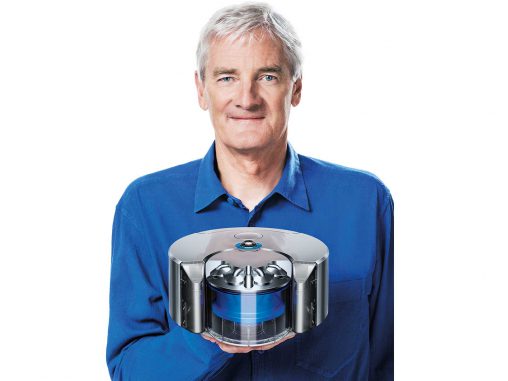
The Dyson 360 Eye robot vacuum cleaner was unveiled in Tokyo in September 2014. It will go on sale in Japan in the Northern Hemisphere’s spring 2015, with the rest of the world to follow later in the year.
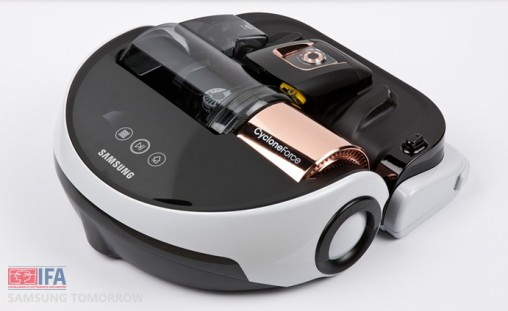
Samsung debuted the Powerbot at IFA, and it launched in Australia in October as the PowerBot SR20H9050U (RRP $1,499). Key features include, Smart Digital Inverter technology to create suction power, an enlarged drum brush to cover a wider area, FullView Sensor and easy pass wheels.
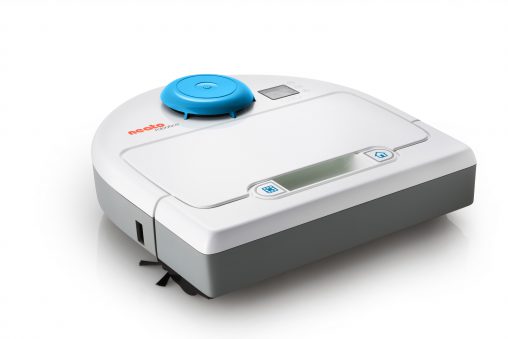
Brand new from Neatbo, distributed locally by Peter McInnes, is the Botvac 85 (RRP $999). The company claims to use the same mapping and navigation technology that Google employs in its self-driving cars.
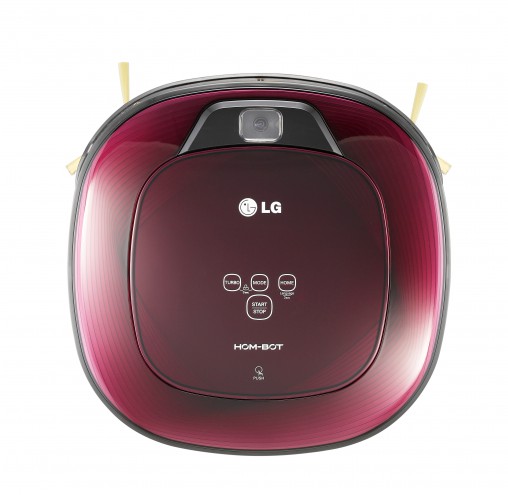
LG’s Roboking Square (VR6270LVMB, RRP $1,239) uses its unique form factor for “94 per cent corner cleaning coverage”.

